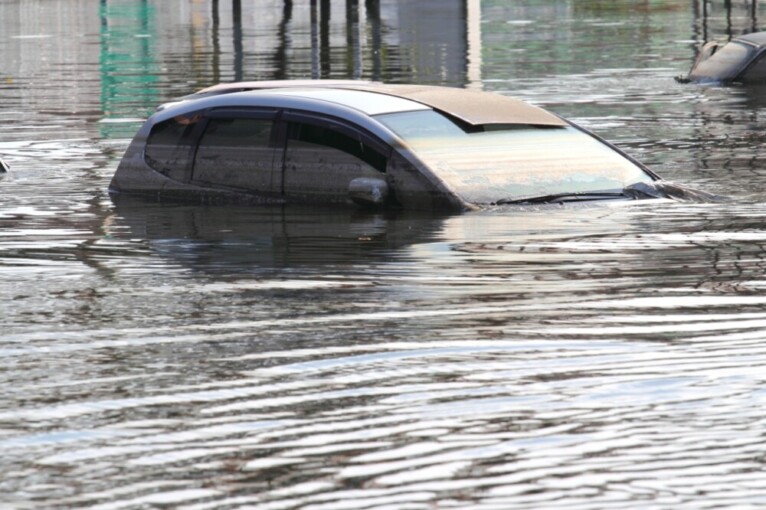
The phenomenon of flood disasters currently hit some areas in Indonesia. This problem should not have happened continuously if all society levels are united because it requires wholehearted support from many parties, either society or private parties.
“There should be serious and integrated efforts on flood mitigation,” said UGM Hydrology Expert, Dr. Mohammad Pramono Hadi, M.Sc., who strongly suggested Indonesia for a better future in handling flood mitigation through some efforts such as infrastructure developments.
Besides designing early warning systems, reservoir construction is considered effective as a way to handle floods. Not only focus on construction, but human capital and soft skill development are also not less necessary.
In addition to some efforts on flood mitigation, the soil characteristics are also important. In this case, sandy soil is more effective than loam soil in absorbing water. Regrettably, some areas with sandy soil have recently disappeared for other building constructions, making it losing water catchment areas.
“Indeed, Jogja has a lot of sandy soil areas but mostly covered by community’s settlement. Thus, it has no difference with loam soil, the water is not absorbed but runoffs instead,” he added.
Moreover, we cannot remain to rely on the stockpile areas because it has a maximum capacity. Another better effort is by providing reservoirs to excess the water.
In Jakarta’s flood cases, the problems had existed long ago since it was still known as Batavia. The Duchess had also built some reservoir areas. However, he mentioned that several reservoirs do not work because of natural processes such as sediment, erosion, etc. Several reservoir protection had shifted on its function and defective. Therefore, reservoir revitalization is necessary.
“Another effort such as engineering manipulation seems effective to solve densely populated areas with a minimal budget to move the population,” he said.
So, the excess water will be accommodated later for the dry season. However, Indonesia has not been ready to prepare for this infrastructure development. Alternatively, the government can make efforts on human resource development in some flood-prone areas. If this effort can thoroughly be done from the smallest community unit, this will likely solve flood disasters.
“We can start the education from the Neighborhood Association (RT) community. We taught every one of them about flood alerts,” he said.
However, this tremendous effort requires collective support from all levels of society. Pramono took the example of people on Mount Merapi’s slopes that made flood mitigation a part of local content and culture.
Serious collective support from many parties, such as village officers to the community itself, has a considerable impact in solving flood disasters around areas.
“We are somehow ignorant to this disaster that might only happen two days in 365 days. Still, education and collective efforts play an important role in controlling floods because we can never solve it all alone,” Pramono said.
Author: Gloria
Translator: Natasa

